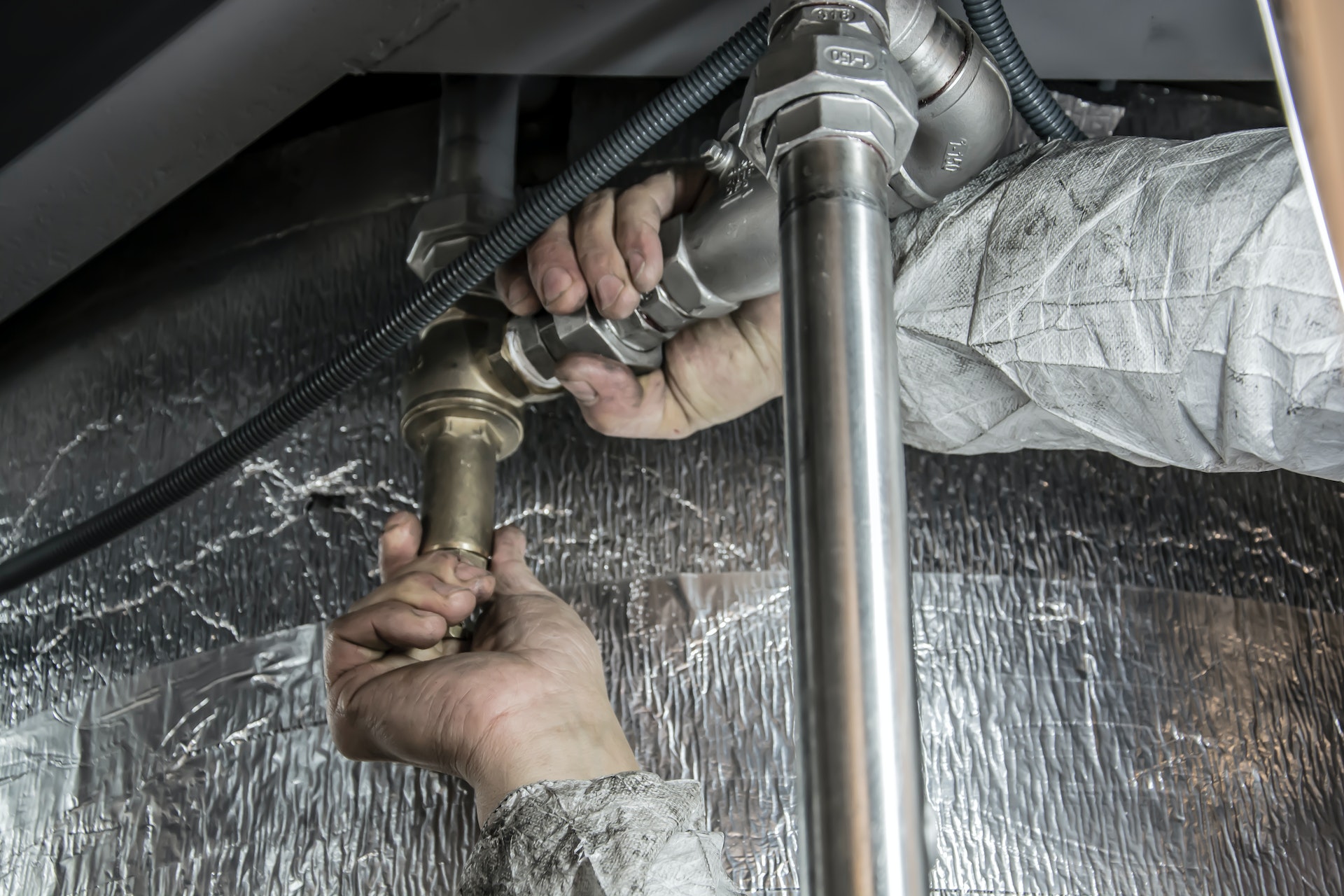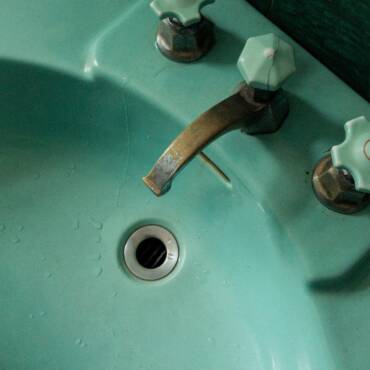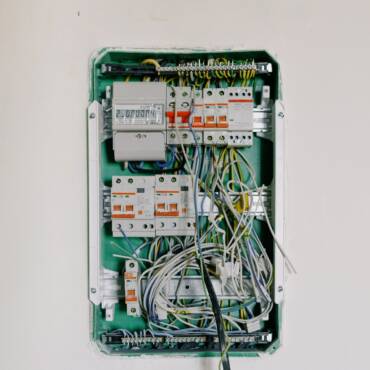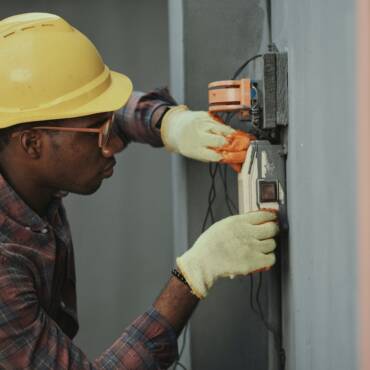Dealing with a pipe leak in your home can be a stressful situation, but with the right knowledge and tools, you can tackle the issue effectively. In this comprehensive guide, we’ll walk you through the steps to fix pipe leaks and prevent further water damage. Whether you’re dealing with a minor drip or a more significant leak, this guide will empower you to take action and restore the integrity of your plumbing system.

Fixing Pipe Leaks
Table of Contents
- Introduction to Fixing Pipe Leaks
- Types of Pipe Leaks
- Identifying the Source of the Leak
- Safety Precautions and Tools You’ll Need
- Temporary Solutions for Emergency Repairs
- Permanent Pipe Leak Repair Methods
- Epoxy Putty
- Pipe Repair Clamps
- Pipe Sleeves
- Soldering or Welding
- Steps to Replace a Section of Pipe
- Preventive Measures to Avoid Future Leaks
- Benefits of Timely Pipe Leak Repair
- Frequently Asked Questions (FAQs)
- Conclusion
Introduction to Fixing Pipe Leaks
Pipe leaks are a common plumbing issue that can cause water damage, high water bills, and even structural damage if left unaddressed. While some leaks may require professional assistance, many can be fixed with DIY methods. This guide will equip you with the knowledge and techniques to address pipe leaks and restore the functionality of your plumbing system.
Types of Pipe Leaks
Pipe leaks can vary in severity and location. Common types of leaks include pinhole leaks, corrosion-related leaks, joint leaks, and cracks in pipes. Identifying the type of leak will help determine the appropriate repair method.
Identifying the Source of the Leak
Before you start the repair process, identify the source of the leak. Look for visible signs of water damage, dampness, or dripping water. The location of the leak will guide your repair approach.
Safety Precautions and Tools You’ll Need
Prioritize safety by turning off the water supply to the affected area before attempting any repairs. Gather essential tools such as pipe cutters, pipe wrenches, Teflon tape, emery cloth, and safety goggles.
Temporary Solutions for Emergency Repairs
In emergency situations, you can use temporary solutions to stop or reduce the leak. These include using a pipe clamp, wrapping the pipe with rubber or silicone tape, or using a hose clamp with a piece of rubber as a temporary patch.
Permanent Pipe Leak Repair Methods
Epoxy Putty
Epoxy putty is a versatile and easy-to-use solution for sealing leaks. Knead the putty to activate it, then apply it directly to the leak. The putty hardens and forms a durable seal upon drying.
Pipe Repair Clamps
Pipe repair clamps are designed to provide a secure and watertight seal around the damaged area. Choose a clamp that fits the diameter of your pipe and follow the manufacturer’s instructions for installation.
Pipe Sleeves
Pipe sleeves are ideal for larger cracks or leaks. Slip the sleeve over the damaged section of the pipe and secure it in place. Some sleeves come with compression fittings for a secure seal.
Soldering or Welding
For metal pipes, soldering or welding may be an option. Clean the area around the leak, apply flux, and heat the pipe to melt solder or welding material. This method requires proper equipment and skills.
Steps to Replace a Section of Pipe
If the damage is extensive, you may need to replace a section of pipe. Cut out the damaged section using pipe cutters, then install a new piece of pipe using couplings or compression fittings.
Preventive Measures to Avoid Future Leaks
To prevent future pipe leaks, consider the following measures:
- Regularly inspect your plumbing system for signs of corrosion or damage.
- Avoid using corrosive drain cleaners that can weaken pipes.
- Maintain a consistent water pressure to reduce stress on pipes.
Benefits of Timely Pipe Leak Repair
Addressing pipe leaks promptly offers several advantages, including:
- Preventing water damage to your property.
- Avoiding high water bills caused by wastage.
- Preserving the structural integrity of your home.
Frequently Asked Questions (FAQs)
- Q: Can I use duct tape to fix a pipe leak? A: While duct tape may provide a temporary solution, it’s not a recommended long-term fix. Use proper repair methods for lasting results.
- Q: Is pipe soldering difficult? A: Soldering requires some skill and practice. If you’re unfamiliar with soldering, consider using other repair methods or seeking professional help.
- Q: When should I call a plumber for a pipe leak? A: If the leak is extensive, you’re unable to stop it, or you’re uncomfortable with the repair process, it’s best to call a plumber.
Conclusion
Fixing pipe leaks is a valuable skill that can save you time, money, and the headache of dealing with water damage. By following the steps outlined in this guide and prioritizing timely repairs, you can maintain the functionality of your plumbing system and enjoy a leak-free home.



